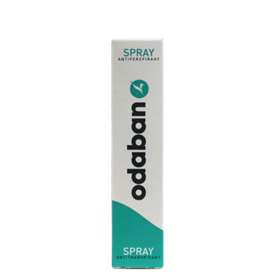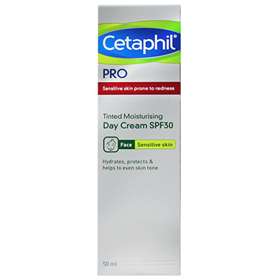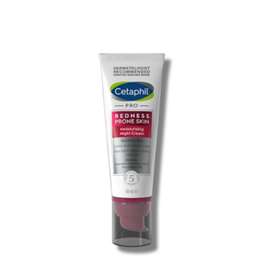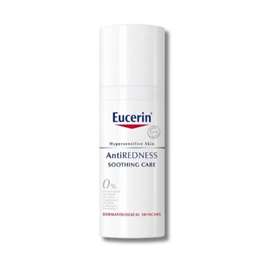As much as we want it, there is no miracle cure for severe facial blushing. We do, however, offer products that treat some of the associated symptoms, such as facial sweating and sweating of the palms.
What is severe facial blushing?
Severe facial blushing or
Idiopathic Craniofacial Erythema, is a condition characterised by frequent, unprovoked and uncontrollable blushing. The blushing can occur without warning, at any time and can be particularly embarrassing and troublesome for the sufferer. Everyday events, such as talking to a friend or colleague, ordering a drink in a coffee shop or making an enquiry with a coworker or client can trigger the blushing.
The redness of the cheeks is hard to hide and can last for several minutes, often leading to acute embarrassment for the sufferers and feelings of being vulnerable and exposed.
Severe facial blushing can become a genuine problem for sufferers and many find themselves constantly trying to fight or control the condition. This can be a vicious cycle as worrying about blushing can very often lead to blushing. It can effect the lives of some to such an extent that they will shy away from the public eye, taking careers that don't often bring them into contact with others, avoiding social situations and even steering clear of relationships. Due to this, severe facial blushing is frequently linked with social anxiety disorder.
Does blushing have other symptoms?
Blushing is often associated with with
facial sweating, but this is usually just a physiological response to warm weather or periods of exercise or increased physical activity.
Sweating of the hands is actually much more commonly linked with severe blushing, as is
sweating of the feet and armpits.
How do I stop blushing?
Unfortunately there is no wonder pill or lotion to put a stop to severe facial blushing. There are a number of surgical procedures available but these are only recommended for the most extreme cases. Cognitive behavioral therapy, which works at relieving the anxiety associated with the condition, has proved to be successful. Taking some simple steps, such as relaxing your body or even announcing the blush when you feel it coming on can make a big difference and help you improve your relationship with the condition. It is best not to fight the blushing, rather to accept it and learn to work with it. After all, if you learn to not worry about the blushing it is likely to occur less frequently. However, if blushing is a real problem for you then you should seek advice from your doctor.
If symptoms linked to blushing, such as excessive
sweating of the hands,
feet and armpits are a cause for concern then please visit our
coping with excessive sweating and hyperhidrosis page.
What is rosacea?
If your
facial redness isn't linked to merely blushing, if it continues to stay red for a substantial period of time after the actual blushing has occurred, it could be an early sign of rosacea.
Rosacea is characterised by a facial redness on the cheeks, nose and forehead that can also affect the ears, neck, scalp and chest. Pimples and small bumps are other symptoms experienced by sufferers of rosacea. For more information on rosacea, please visit our
rosacea page.
What is facial flushing?
Flushing of the face, despite being a close physiological relation to blushing, is generally considered a separate condition. Blushing is commonly restricted to the face, whereas flushing, which is usually more intense, occurs on the face and other areas of the body. Like blushing, flushing can be linked to embarrassment, but it can also be caused by anger, sexual arousal, an abrupt ending of physical exertion, allergic reactions and infections. For information on the
hot flushes associated with the
menopause, please visit our
hot flushes page.








